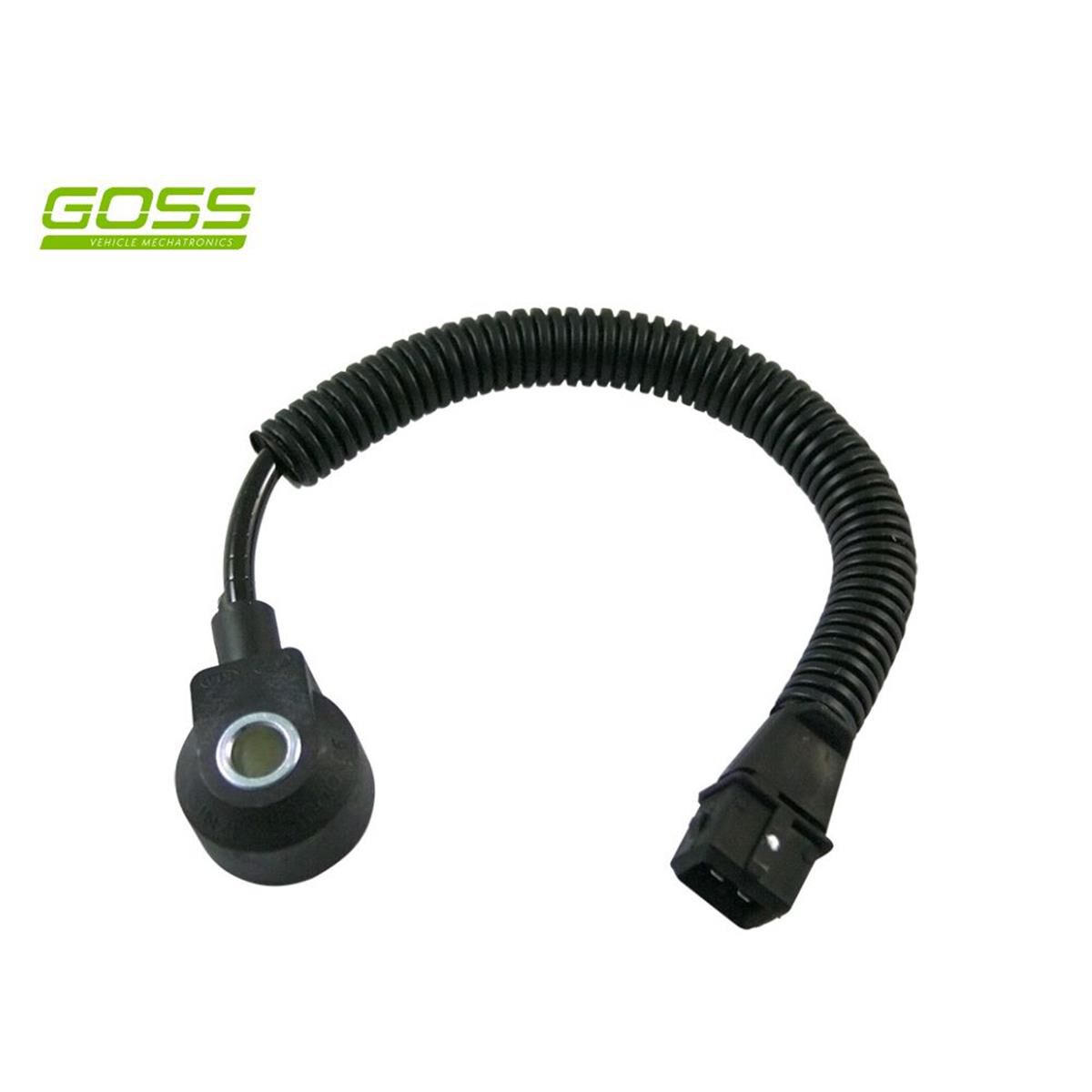

Your car is not operating as it should be or at least you feel that it should be. There will be something that has gone wrong. Driving Senseįirst thing, trust your gut, trust your inner self when you are driving at speed or carrying a light or heavy load in the car.
Knock sensor driver#
There are some common to rare symptoms of bad knock sensor that any driver need to know to ensure the ride to be smooth and effective. The Knock Sensor Troubleshooting: The SymptomsĪfter getting to know how does a knock sensor work, it’s about time for us to know how does it not working. Now, as we have known how does a knock sensor work, let’s explore some of the symptoms for failure. In short, if you know some maintenance tips to keep your knock sensor healthy, there is no way any sort of spark will happen in the vehicle. As a result, the spark or the detonating of the spark knock is simply delayed. The electronic control unit of your call will simply delay the firing of that spark in the chamber. As soon as the element receives this signal or as they call it the shock wave, a small voltage is generated, which simply goes to the electronic control unit of any vehicle. Further, this is then transmitted to the piezo electric crystalline element of the sensor. The resonating plates inside the knock sensor are responsible for these low reverberations. The low volume reverberations range from 6 to 8 kHz. So, the sensor simply picks the noise, which is usually not audible in the engine. Knock Sensor starts the work as soon as it senses the knocks and the noises of the engine. The knock sensor takes advantage of this unique property then. This crystal creates a small amount of voltage when shaken by the mentioned rattling sound. In technical words, the knock sensor is a piezoelectric sensor which contains a piezoelectric sensing crystal and a resister. This part will educate you with technical details of the working, or how does a knock sensor work. So, knock sensor keeps the vehicle safe, allowing you to drive safely on the roads. Second, it secures the engine from power-robbing as well.First, it detects the spark knock, which allows the optimum performance of the engine.Well, knock sensor comes with two main uses: And if the sensor fails, the computer will just make no adjustment to the engine and thus optimum performance of the engine is not guaranteed then. When the irregular knock happens and is detected by the sensor, the computer will know it and immediately make small adjustments to keep it from happening with optimum performance as usual. That’s why the knock sensor functions came into existence, to be supportive of the computer for this detecting task. So it needs to be detected by the computer when it happens. This unusual pulsation creates a rattling sound and causes harm to the internals of the engine.
Knock sensor full#
So, we know that this “sensor”, which is a microphone, listen to the “knock”, but how does it sound like? The answer is like a can full of marble is being shaken and produces a rattling sound. Here’s how you test a coolant temperature sensor!.Crankshaft Position Sensor- Every Function Explained.A Bosch knock sensor (photo source: Amazon) Hope this definition help you with some ideas on what is a knock sensor and what does a knock sensor do. The “spark knock” is also called the detonation, pre-ignition or pinging. Knock sensor is, in a second easy and thorough explanation for any mechanical ignorants, the ear of the computer in the car to listen to any unusual pulsations that may cause harm to the engine and to check if the engine is working properly. Basically being a microphone, the knock sensor senses the “spark knock” which is the condition inside the engine where the fuel begins to burn before its supposed to. For those, who are still wondering about how does a knock sensor work here is a complete walk-through to understand how it actually works. The computer then simply uses this signal to hold back the timings, whenever the spark knocks takes place.

The sensors basically cause the voltage signal based on the vibrations that detonation causes. Located in the lower engine block, cylinder head, or intake manifold, the Knock Sensors are made to create the voltage signal based on the vibrations that are caused by the detonation.


 0 kommentar(er)
0 kommentar(er)
